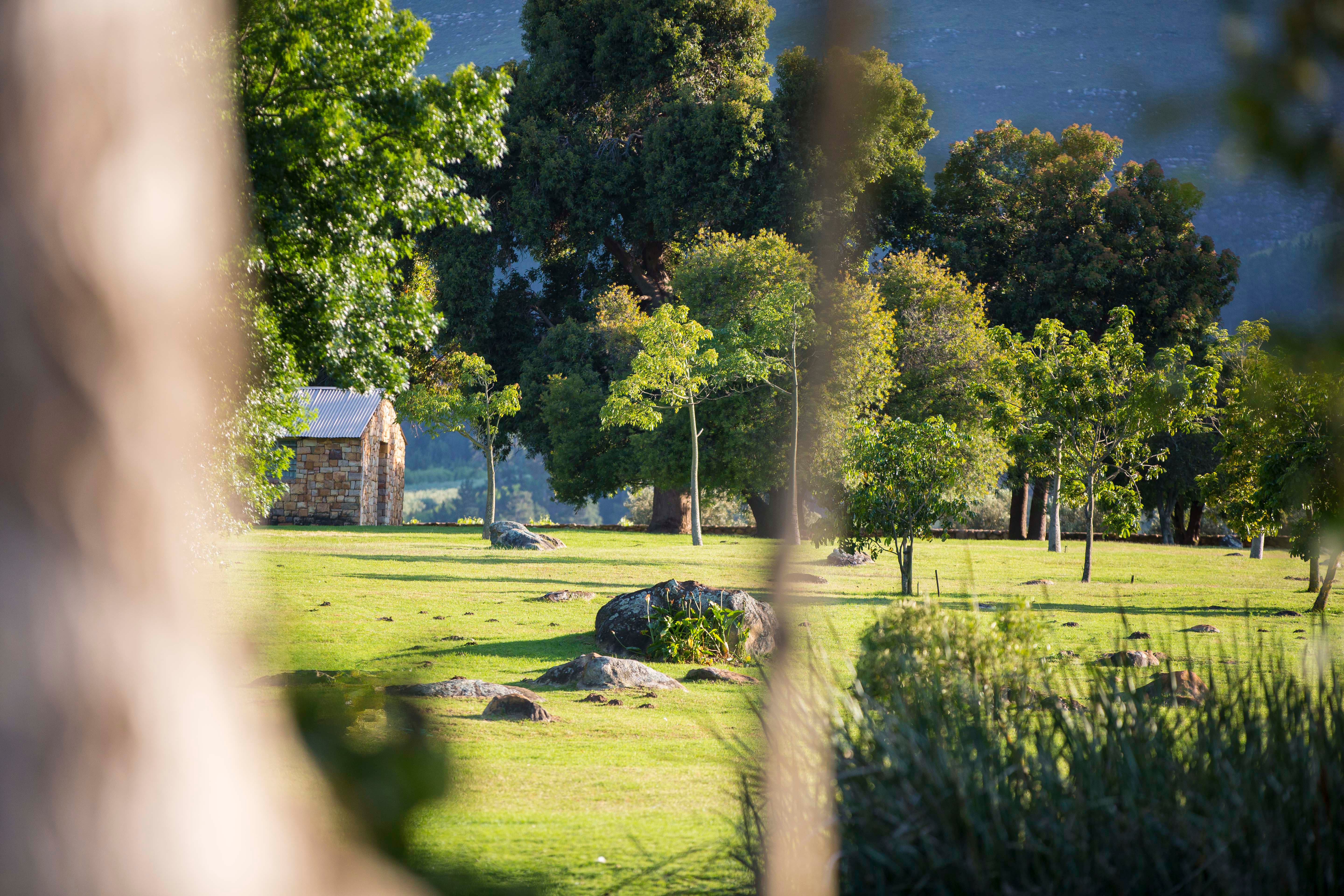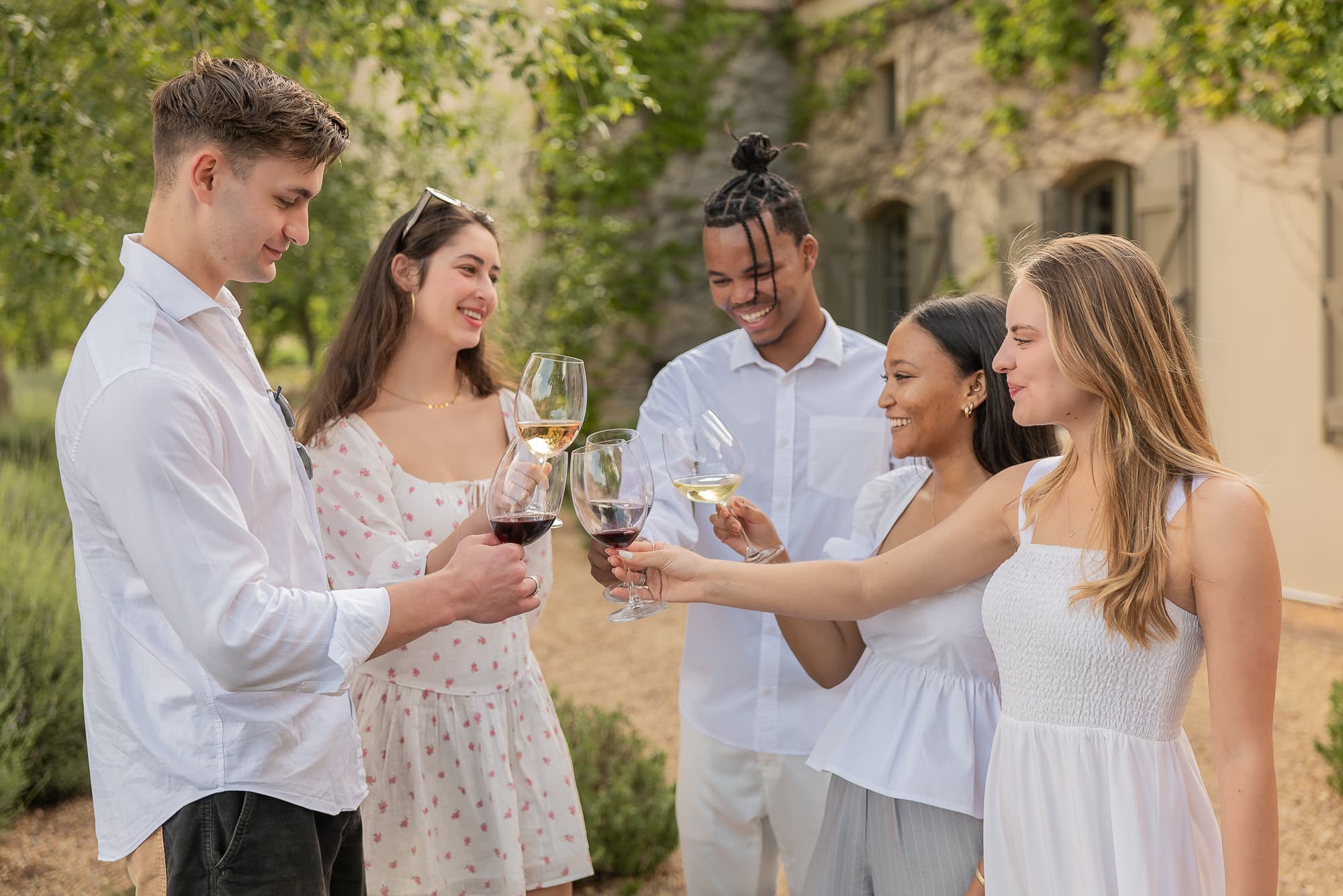For the love of oak - but that's not all

Ageing a good bottle of wine is one of the finer things in life. Purchasing that special bottle, putting it away, trying to forget about it, and pulling it out for that perfect occasion - could you think of anything more special?
What allows a bottle to age so elegantly?
The predominant aspect that gives wine its ageability is in the winemaking method of barreling - an oak barrel gives the wine oak tannin which acts as a preservative giving the wine an ageability of up to 15 years. A good quality red wine will often be matured in first and second fill barrels - the new barrels offer more tannin to the wine and as a barrel is used from fill to fill it loses the oak character it can offer to the wine.
Imagine a barrel is like a tea bag, the first time you make tea with that tea bag the tea is very strong, as you continue to use that tea bag it becomes less prominent. Winemakers take advantage of this weakening barrel flavour and implement it to make different styles of wine, but the rule of thumb still applies - if a wine has been in a first fill barrel you should age it.
Different types of oak
Believe it or not oak barrels from different areas of the world give different flavours to the wine. The two most popular:
- American Oak
- This offers sweeter notes to the wine, such as vanilla, clove or smokey qualities.
- French Oak
- This offers more restraint to the wine allowing the winemaker to express a more fruit forward nature in the wine.
- This offers more restraint to the wine allowing the winemaker to express a more fruit forward nature in the wine.

Fun Fact
The winemakers attempted to make barrels from South African oak but the material is too porous which leads to excessive amounts of evaporation during the maturation - this higher level of porosity is due to the fact that the South African oak trees grow too quickly.Beyond the use of oak:Waterford Estate (Stellenbosch, South Africa) is a good example of a winery that makes use of multiple different vessels which the winemaker utilises to gain different characteristics in wine.
- Stainless Steel
- Often used for fresher wines, such as Sauvignon blanc, to lock in the acidity of the wine and to maintain a redacted style of the wine.
- Concrete Eggs
- A neutral vessel with a high level of porosity, the neutral vessel creates a wine which displays its truest characteristics and the porosity of the vessel allows for micro oxidation which allows the palate and aroma profiles of the wine to fully develop.
- Porcellian Jars
- The Porcellian Jars offer the same neutrality that the concrete eggs do but doesn’t allow for as much micro oxidation to occur thus maintaining higher levels of acidity and freshness in the wine.
- Clay Amphoras
- This maturation vessel dates back to the beginning of winemaking, the Georgians were burying these in the earth and maturing wine in them. These Amphoras work in a very similar manner to the porcellian jar.
Lees contact
The lees is the spent yeast which is often left in the maturation vessel after fermentation to add texture to the wine, this is often referred to as the brioche characteristics of the silky mouthfeel associated with lees contacted wines.This lees contact also allows the wine to age for some time.Acidity in Wine:Another aspect most don't consider when looking at the ageability of a wine, but it is this acidity that allows some white wines to age quite gracefully. As an acidic white wine, say Sauvignon blanc, ages the acidity will start to fade in the wine and more tertiary characteristics will start to show.A great example of a wine matured in a strange vessel is Waterford Estate’s Old Vine Project Chenin blanc - this wine is matured not only in concrete vessels but it is also left on the lees. The wine displays very well developed Chenin blanc qualities while boasting a rounded brioche mouth feel. If you have not had the opportunity to taste this wine, I recommend giving Waterford Estate’s Tasting Room a visit and learning more about this wine and its maturation method.Visit waterfordestate.co.za to learn more.



